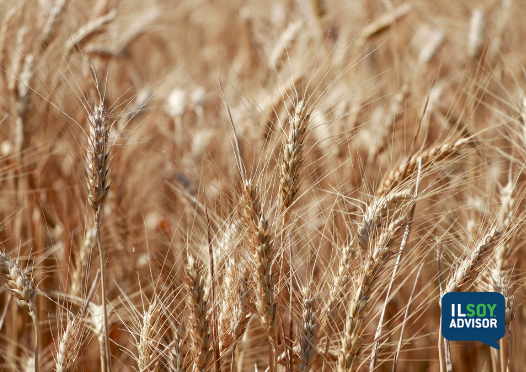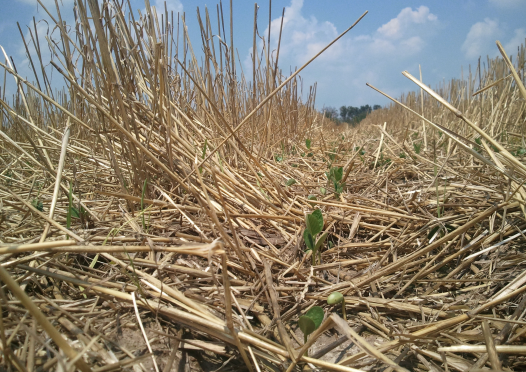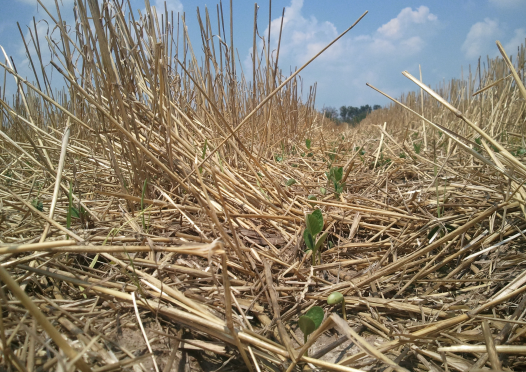ILSOYADVISOR POST
2019 Double-Crop Soybeans Are “East Bound and Down”
In the Jerry Reed song “East Bound and Down” from the movie "Smokey and the Bandit" part of the chorus is “we have a long way to go and a short time to get there.” Well, that could be the theme for double-crop soybeans in 2019. I guess this whole cropping year so far could be a country song. It sure has had its challenges and they are far from over.
The 2019 wheat harvest wasn’t an early or late crop, coming in about the middle of the harvest time frame for most farmers. However, persistent rainfall and wet field conditions in many areas made getting the crop harvested a real challenge. Those who had the ability to harvest wheat wet and dry it were at a definite advantage this year, as this helped get the crop out of the field and preserved test weight and quality in many instances.
On the other hand, getting the double-crop soybeans planted presented challenges of its own. Many farmers—while harvesting wheat—were still planting or replanting full season soybeans. The wheat straw along with the ruts and wet soils in many areas prevented some from planting directly behind the combine. Others had difficulty in getting the planters and drills to plant into the tough, wet wheat straw. There were several instances where wheat straw had some tillage done to it to help it dry out and to remove harvest tire tracks.
The result was that many double-crop beans were not planted until weeks after harvest. Then in some cases where heavy rains occurred, they were replanted. It was not unreasonable to find double-crop soybeans planted from the last week of June until the 15th of July, which is much later than normal.
Adding to this challenge is the shift in weather that occurred in late July. The trend changed from wet and cool to hot and dry. Very hot and very dry in many locations. Young emerged beans struggled in the hot temperature of the wheat straw. We recorded soil surface temperatures in wheat straw of over 135oF while the air temperature was 90oF. This really slowed down the growth of the beans. The dry weather took its toll on the shallow rooted crop that was in many cases planted into wet soils.
Many double-crop bean fields haven’t closed the row or covered the wheat straw as of August 1. Most farmers comment that crop development is a good month behind normal.
As we move into the first weeks of August, we know that this crop “has a long way to go” in getting nodes established and blooming, let alone pod set and fill. Also, looking at the calendar, we realize that we now have a “short time to get there” with September staring us in the face. Perfect weather conditions are needed the rest of the growing season to get us to the finish line with some respectable double-crop yields.
I am sure that there are other county songs that could help describe this crop. We have a limited time to get this crop to maturity with any hopes of an average yield. But as usual, the weather will determine the fate of the 2019 double-crop soybeans.





Comments
Add new comment